I. Overview of Aluminum Containers
Description of aluminum as a material Aluminum is a lightweight, corrosion-resistant, and highly versatile metal widely used in numerous industries.
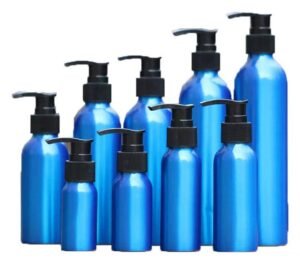
Its unique combination of properties makes it suitable for various applications, ranging from everyday consumer products to critical components in the aerospace and transportation sectors.
A. Advantages of aluminum containers
- Lightweight
- Corrosion-resistant
- Excellent heat conductivity
- Recyclable
- Non-toxic
- Reflective
- Versatile
- Durable
- Resistant to extreme temperatures
- Retains freshness and flavor of food
II. Overview of Plastic Containers
A. Description of plastic as a material
plastics are synthetic materials with diverse applications due to their versatility, low cost, and ease of production.
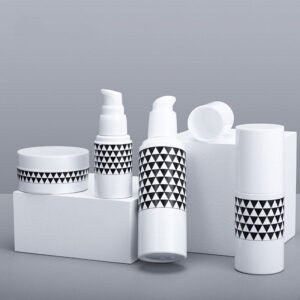
They can be molded into various shapes, offer strength-to-weight advantages, exhibit resistance to chemicals and moisture, and provide electrical insulation properties.
However, their environmental impact and long-lasting nature require responsible usage and proper waste management to mitigate their negative effects.
B. Advantages of plastic containers
Plastic containers offer several advantages that make them widely used in various industries and everyday applications.
Some of the key advantages of plastic containers are:
- Lightweight
- Durability
- Versatility
- Transparency
- Chemical Resistance
- Cost-Effective
- Recyclability
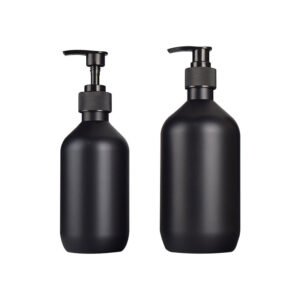
It’s important to note that while plastic containers offer these advantages, the environmental impact of plastic waste has become a significant concern.
Proper waste management practices, including recycling and reducing single-use plastics, are crucial in mitigating the negative effects of plastic containers on the environment.
C. Common uses of plastic containers in various industries
Plastic containers find widespread use in various industries due to their versatility, cost-effectiveness, and functional properties.
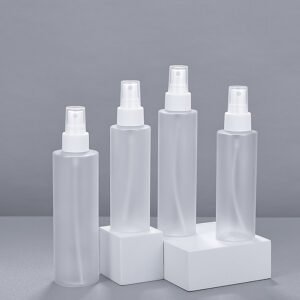
Here are some common uses of plastic containers in different industries:
1. Food and Beverage Industry:

Dairy items
Sauces
Condiments
Soft drinks
Water
Ready-to-eat meals
2. Pharmaceutical and Healthcare Industry:

Packaging medications
Tablets
Capsules
Liquid formulations
Bottles
Vials
Blister packs
Containers for medical devices
3. Personal Care and Cosmetics Industry:
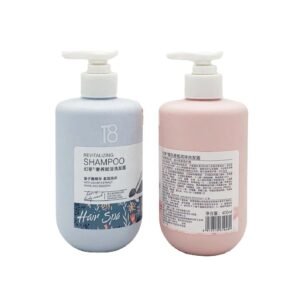
Shampoos
Lotions
Creams
Soaps
Perfumes
4. Homecare and Cleaning Industry

Packaging household cleaning products
Detergents
Disinfectants
Other homecare items
5. Chemical and Industrial Industry:

Chemicals
Lubricants
Solvents
Industrial liquids
6. Retail and Consumer Goods Industry:
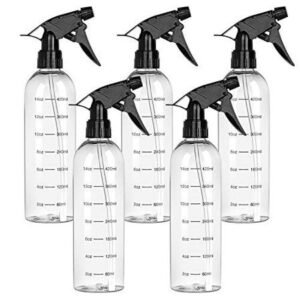
Snacks
Candies
Nuts
Condiments
Personal care products
Home goods
7. Agriculture and Horticulture Industry:
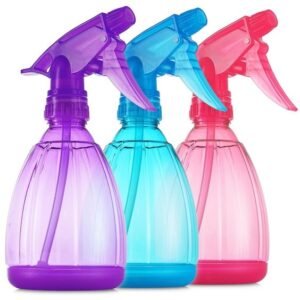
Plant pots
Seedling trays
Storage bins for fertilizers and pesticides
Irrigation systems
III. Comparison of Key Factors Between Aluminum Containers And Plastic Containers
The key factors that need to be compared between aluminum containers and plastic containers are as following 5 points:
A. Durability and Strength:
- Aluminum containers offer high durability and strength.
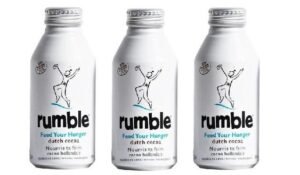
- Plastic containers vary in durability and strength, depending on the type of plastic used.
B. Environmental Impact and Sustainability:
- Aluminum containers are highly recyclable but require energy-intensive production processes.

- Plastic containers have varying levels of recyclability and some are not biodegradable.
C. Barrier Properties and Product Protection:
- Aluminum containers provide excellent barrier properties and protection for products.

- Plastic containers’ barrier properties and product protection vary depending on the type of plastic.
D. Design Flexibility and Customization:
- Aluminum containers have moderate design flexibility and customization options.
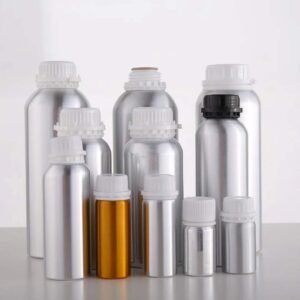
- Plastic containers offer high design flexibility and customization opportunities.
E. Cost Considerations:
- Aluminum containers tend to have relatively higher costs.
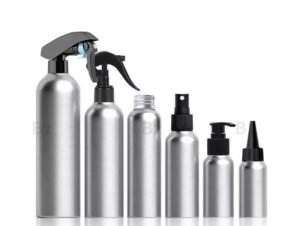
- Plastic containers generally have relatively lower costs.
It’s important to note that these factors can vary based on the specific types of aluminum and plastic used, as well as the intended application of the containers.

Here’s a comparison table between Aluminum Containers and Plastic Containers based on the key factors we mentioned:
| Key Factors | Aluminum Containers | Plastic Containers |
|---|---|---|
| A. Durability and Strength | High | Variable (depends on the plastic type) |
| B. Environmental Impact and Sustainability | Highly Recyclable, Energy-intensive Production Process | Varies by Plastic Type, Many are Recyclable, but Some are Not Biodegradable |
| C. Barrier Properties and Product Protection | Excellent | Variable (depends on the plastic type) |
| D. Design Flexibility and Customization | Moderate | High |
| E. Cost Considerations | Relatively Higher (reference FOB Ningbo Price $0.05-$2.7/unit based on different quantities, printing, closures) | Relatively Lower (reference FOB Ningbo Price $0.02-$1.7/unit based on different quantities, printing, closures) |
Please note that the information provided is a general overview, and specific properties and characteristics may vary based on the specific types of aluminum and plastic used in containers.
IV. Use in the Cosmetic Industry
A. Pros of Aluminum Containers for Cosmetics:
1. Durability:

Aluminum containers are sturdy and resistant to damage, providing protection to the contents inside.
2. Product Integrity:
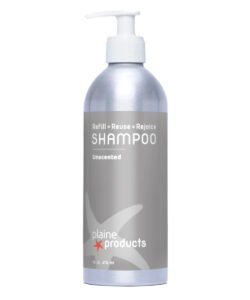
Aluminum containers offer excellent barrier properties, preventing air, light, and moisture from compromising the quality and efficacy of cosmetic products.
3. Recyclability:
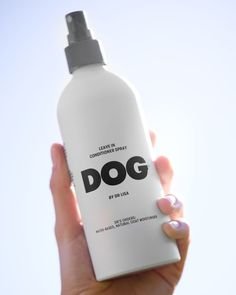
Aluminum is highly recyclable, making it an environmentally friendly choice for sustainable packaging solutions.
5. Aesthetics:
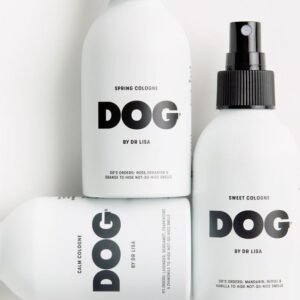
Aluminum containers have a sleek and modern appearance, often associated with high-end and luxury cosmetics, which can enhance the overall brand image.
6. Customization:
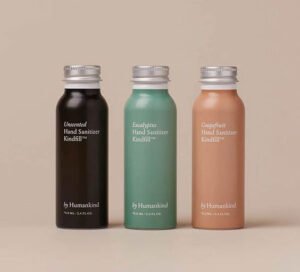
Aluminum containers can be easily customized through various printing and labeling techniques, allowing for branding and product differentiation.
Cons of Aluminum Containers for Cosmetics:
1. Cost:
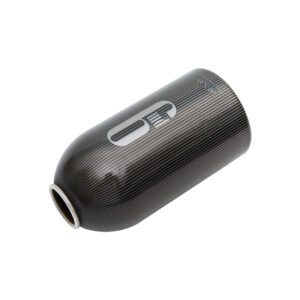
Aluminum containers tend to be more expensive than plastic or glass containers, which can impact the overall packaging budget, especially for small or startup cosmetic businesses.
2. Limited Transparency:
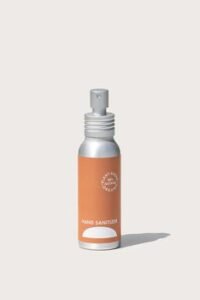
Unlike plastic or glass containers, aluminum containers are not transparent, making it difficult to see the product inside without opening the container.
3. Chemical Interaction:
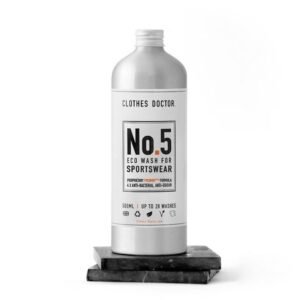
Aluminum containers may not be suitable for certain cosmetic formulations that are reactive with aluminum, as it can affect the stability or integrity of the product.
B. Pros and cons of plastic containers for cosmetics
Pros of Plastic Containers for Cosmetics:
1. Versatility:

Plastic containers offer a wide range of shapes, sizes, and designs, allowing for flexibility in packaging various cosmetic products.
2. Lightweight:
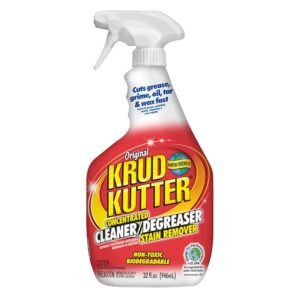
Plastic containers are lightweight, making them convenient for travel and reducing shipping costs.
3. Cost-effective:

Plastic containers are generally more affordable than alternatives like glass or aluminum, making them a cost-effective option for cosmetic packaging, especially for smaller or budget-conscious brands.
4. Transparency:
Many plastic containers are transparent or have excellent clarity, allowing consumers to see the product inside without opening the container.

This can enhance the visual appeal and marketability of the product.
5. Chemical Resistance:
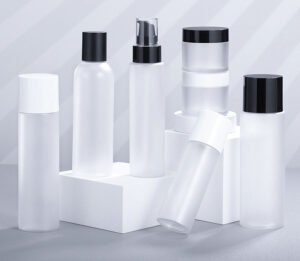
Plastic containers have good resistance to various chemicals commonly used in cosmetic formulations, ensuring the integrity and stability of the product.
Cons of Plastic Containers for Cosmetics:
1. Environmental Impact:
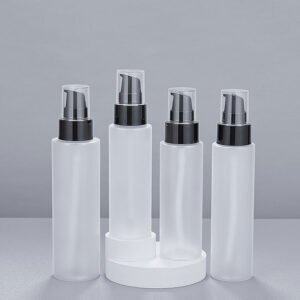
Many plastic containers are made from non-biodegradable materials, contributing to plastic waste pollution. Improper disposal or lack of recycling infrastructure can further exacerbate this issue.
2. Potential Leaching:
Some types of plastics, particularly lower-quality or poorly tested ones, may have the potential to leach chemicals into the cosmetic products they hold.

This can raise concerns about product safety and consumer health.
3. Durability:
Plastic containers may not be as durable or resistant to damage as alternatives like glass or aluminum.

They can be prone to cracking, breaking, or becoming misshapen, especially when exposed to extreme temperatures or rough handling.
All Closures of Caps For Aluminum Cosmetic Bottles-Ultimate Guide
4. Limited Barrier Properties:
Plastic containers, especially those made from thinner or lower-grade plastics, may have limited barrier properties against air, light, and moisture.

This can potentially impact the product’s stability, shelf life, and overall quality.
5. Perception and Image:
In some cases, plastic containers may be associated with lower quality or less luxurious products compared to alternatives like glass or metal.

This perception can affect consumer perception and brand image, particularly for high-end or premium cosmetic brands.
C. Considerations For Cosmetic Companies When Choosing Between Aluminum And Plastic Containers
When choosing between aluminum and plastic containers for cosmetics, cosmetic companies should consider several key factors.
Here are some considerations to keep in mind:
1.Product Requirements:
Evaluate the specific needs of your cosmetic products.

Consider factors such as the sensitivity of the formula to light or air, the need for a strong barrier against moisture or oxygen, and any chemical interactions with the packaging material.

Aluminum containers offer excellent barrier properties, making them suitable for products that require high protection, while plastic containers can be suitable for products that do not have stringent barrier requirements.
2. Brand Image and Target Market:
Consider the brand image you want to portray and the preferences of your target market.

Aluminum containers are often associated with luxury and high-end products, providing a premium feel. It is more popular in the market of North America, Europe, etc.
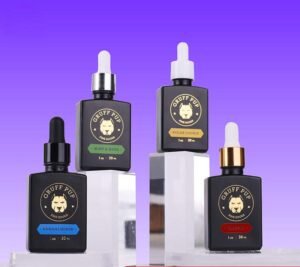
Plastic containers, on the other hand, can offer versatility in design and may be more suitable for brands targeting a younger or more budget-conscious audience.
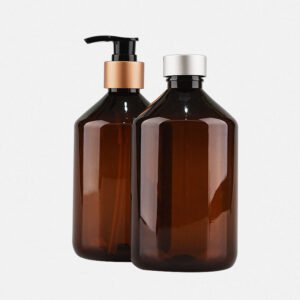
It is more popular in the market of Asia, South America, South Africa, the Middle East, etc.
1. Sustainability and Environmental Impact:
Assess your company’s commitment to sustainability and environmental responsibility.

Aluminum is highly recyclable and has a higher recycling rate compared to some plastics.

However, plastic containers can be made from recyclable materials, and certain types of plastic, such as PET or HDPE, have a more established recycling infrastructure.
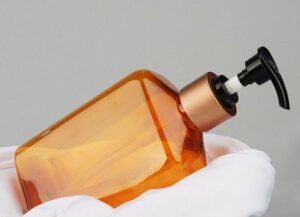
If you have a new idea in marketing and your ingredient is highly tolerated, the aluminum container is definitely a great one to use.
2. Cost Considerations:
Evaluate your budget and production costs.
Aluminum containers generally have higher upfront costs compared to plastic containers.

If you have a small business, and there are fewer product lines, maybe an aluminum container is good for your brand marketing.
Here we can give reference costs as follows:
Aluminum container FOB Ningbo Price $0.05-$2.7/unit based on different quantities, printing, closure:
Normally, the whole business will use more Plastic containers like PET or HDPE, here is a reference cost:
Plastic container FOB Ningbo Price $0.02-$1.7/unit based on different quantities, printing, closures
3. Practical Considerations:
Take into account factors such as container weight, transportation, and storage requirements.
| Factors | Aluminum Containers | Plastic Containers |
|---|---|---|
| Weight | Relatively lighter weight (100ml aluminum bottle 0.02g/pc) | Relatively lighter or heavier weight (depending on the specific plastic and container design) (100ml PET bottle 11.5g/pc ) |
| Transportation | Lower transportation weight and volume due to lighter weight | Weight and volume can vary depending on the plastic type and container design, potentially impacting transportation costs and space utilization |
| Storage | Efficient storage due to compactness and stackability | Efficient storage due to stackability, but bulkier or less compact compared to aluminum containers |
Please note that the specific weight and transportation considerations can vary depending on the size, shape, and material specifications of the containers being compared.
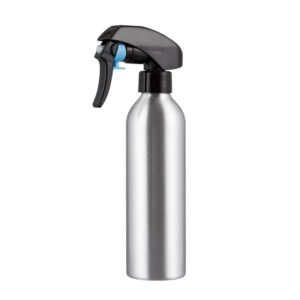
It is advisable to refer to manufacturers’ specifications or conduct a physical evaluation to obtain precise data for the containers you are interested in.
V. Consumer Perception and Brand Image
A. Consumer preferences and perceptions of aluminum and plastic containers
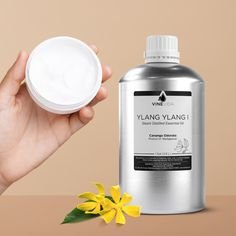
Consumer preferences and perceptions of aluminum and plastic containers can vary based on several factors, including product type, brand image, sustainability concerns, and personal preferences.

Here are some general points to consider:
1. Perception of Quality:
Aluminum containers are often associated with higher quality and luxury due to their sleek appearance and durability.
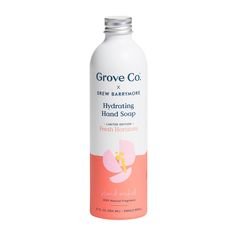
Plastic containers, on the other hand, can be perceived as more affordable or lower in quality, although this perception can vary based on the specific type of plastic used.
2. Sustainability Concerns:
Increasingly, consumers are concerned about the environmental impact of packaging materials.

Aluminum containers are often seen as more sustainable because aluminum is highly recyclable, with a high recycling rate.
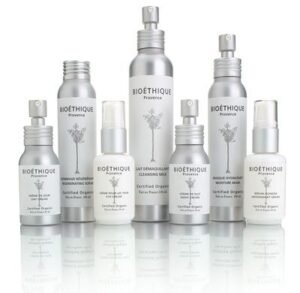
Some consumers may prefer plastic containers made from recyclable materials, such as PET or HDPE.
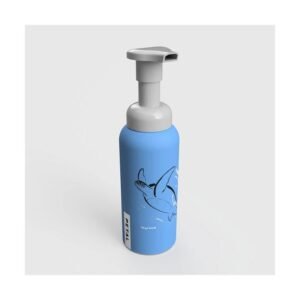
However, concerns about plastic waste and non-biodegradable plastics may lead some consumers to prefer aluminum or alternative eco-friendly materials.
4. Aesthetic Appeal:
The visual appeal of packaging can influence consumer preferences. Aluminum containers often convey a premium and modern image, which may attract consumers looking for high-end or luxury cosmetic products.
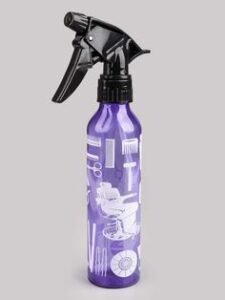
Plastic containers offer a range of design options and can be more versatile in terms of shape, color, and transparency, appealing to consumers seeking variety or specific aesthetic preferences.
5. Product Experience and Convenience:
Ease of use, portability, and functionality are important to consumers. Plastic containers are generally lightweight and can be more convenient for travel or on-the-go applications.
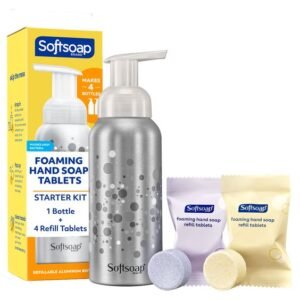
Aluminum containers may be favored for their durability and ability to protect the product from external elements.
6. Branding and Perception:
Consumer perceptions of a brand can influence their preferences for packaging materials.
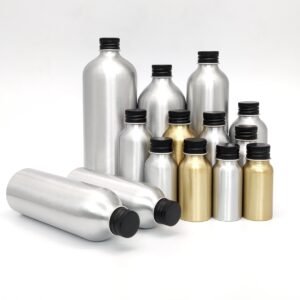
Brands that prioritize sustainability and eco-consciousness may opt for aluminum containers to align with their values.
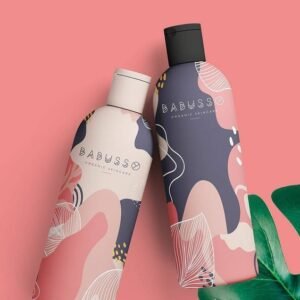
Other brands may choose plastic containers to cater to specific consumer segments or to convey affordability and accessibility.
B. Influence of packaging on brand image and consumer trust
Packaging plays a significant role in shaping the brand image and influencing consumer trust.
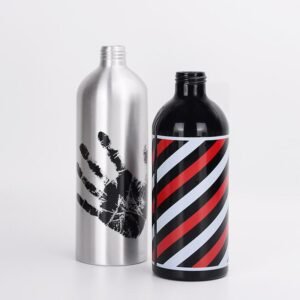
It serves as a tangible representation of the brand’s identity and values, creating a first impression and evoking emotions.
Well-designed and visually appealing packaging can enhance the perception of quality and professionalism, building consumer trust in the brand.
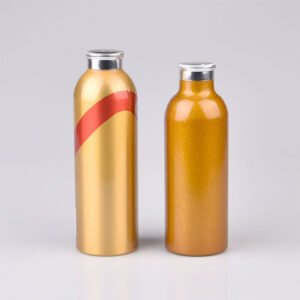
Clear and accurate product information on the packaging demonstrates transparency and compliance, fostering trust.
What Are Aluminum Screw Cap Bottles?
Sustainable packaging choices align with consumers’ environmental concerns, showcasing the brand’s commitment to eco-consciousness and building trust.
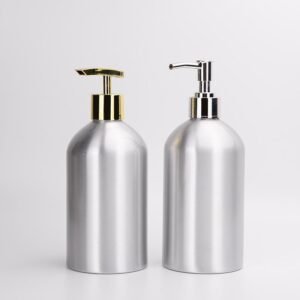
User-friendly and convenient packaging enhances the consumer experience, contributing to a positive brand image.

Ultimately, packaging has the power to differentiate a brand, capture attention, and establish a lasting impression that builds consumer trust and loyalty.
VI. Conclusion
The future of packaging materials holds exciting possibilities driven by sustainability, innovation, and evolving consumer expectations.
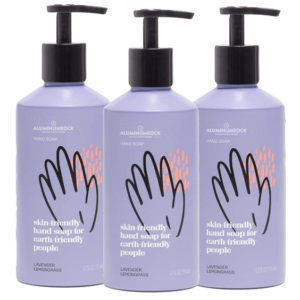
There is a growing emphasis on finding environmentally friendly solutions that reduce waste and reliance on non-renewable resources.
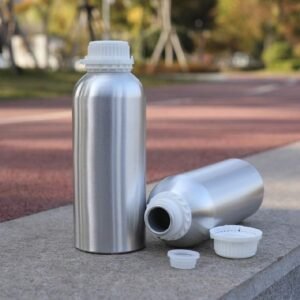
Biodegradable, compostable, and recyclable materials will gain prominence, alongside advancements in renewable resources and bio-based materials.
To save you time, you can contact our sales representatives for aluminum cosmetic bottles.
Aluminumrock is your reliable vendor for your brand and business.



One Response
I was reading some of your posts on this website and I think this site
is really instructive! Continue putting up.Money from blog